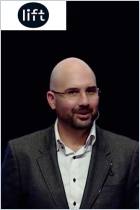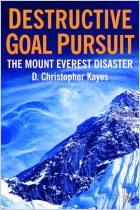
Article
The Wild World of Extreme Tourism for Billionaires
The Titan tragedy highlights the burgeoning trend of cavalier high-net-worth individuals exploring some of the most inhospitable places on Earth.
Wired,
2023
Recommendation
A few travel agencies cater to very rich people seeking scary, exclusive adventures. As Alex Christian reports for Wired, some millionaires and billionaires – mostly men – pay top dollar to challenge themselves on expensive journeys that feature risk, hardship and even outright danger. When the Titan submersible imploded near the Titanic’s wreck in June 2023, the passengers who died had paid $250,000 each and signed a waiver accepting the possibility of dying. One adventure traveler says the adrenaline rush of cheating death is part of the appeal of a high-cost, high-risk exploit.
Summary
About the Author
Alex Christian is a freelance writer featured in WIRED and on the BBC.












Comment on this summary